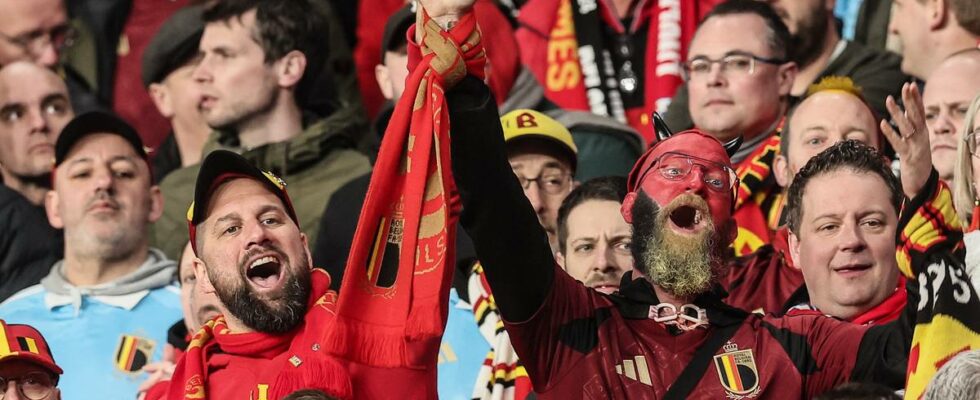Football consumption is changing. Young people follow individual players as often as teams. We’ve seen the trends before, like when many Manchester United supporters started following Real Madrid when David Beckham went there in 2003. But it’s become clearer later. Young people also find it boring to spend two whole hours watching a match. They prefer highlights. In the WC book from 1990, Dag Solstad wrote that football was out of step with the times, because most of what was popular happened quickly, with frequent highlights and little waiting. Football, on the other hand, consists precisely of waiting, for the goal that may never come. Popular culture is based on the fact that something must happen all the time. A film must not have too many and long dead spots, and a music hit should not last more than three minutes. Longer features cause listeners to lose interest and change channels, one thinks. With social media, the attention window has shrunk even further. When we ask students to read a chronicle, they think the text is long. Reading books is even worse. People don’t have time to wait for something to happen, but that’s the basic atmosphere of football. Football is an untimely, slow game, densely packed with “low points” rather than high points. The audience demographics support the hypothesis that football would hardly have caught on if it had been introduced today as a new game to attract young people. The tribune is destroyed. From 2004–2014, the average age of Newcastle season ticket holders increased by ten years. So it was the same people. Similar tendencies are seen in many places, especially where ticket prices are the highest. Forms of attachment shift along the same axis: Club affiliation is supplemented or replaced by fascination for individual players. Sociologists have tried to identify different ways in which the spectators relate to football: Supporters Are you from Liverpool or Manchester, are you red or blue. Supporters have an embodied club affiliation. The lifetime contract with the club requires loyalty and a notion that one is part of a community. These are often stadium goers. Fans A fan sees the relationship with the club more as a market relationship. Belonging is confirmed by assuming a customer role, such as when they shop in the club shop. Often they are distance followers. The relationship is maintained through media consumption. Therefore, English clubs are turning to the Asian market, where huge numbers of fans can be recruited. Norwegian fans on football trips will often feel the need to mark belonging via a kit. If you see five young men wearing this year’s kit at an England game, they are probably Norwegian. Supporters are skeptical of such “carnivalism”. They see themselves as something more than customers. For them, football is identity and participation, not passive entertainment. Flanners Flanners approach football as an interesting popular cultural phenomenon, especially at the highest sporting level. Just as film enthusiasts do not waste their time on bad films, the flâneur sees only the supposedly best matches. Just as the flâneur strolls around the city streets and observes more than participates in what is happening, the football flâneur keeps a distance from the supporters’ rituals. Knowledge of the rituals is an important popular cultural competence, but the flâneurs do not immerse themselves in them. They are attracted more by achievements than by club symbols. It doesn’t really matter who wins, as long as the entertainment is good. Fantasy football A modern expression of flaneurs’ approach is Fantasy, which is literally fantasy football. By putting together a team of individual players from different clubs in the online game, you get points based on the players’ performances. Premier League Fantasy alone has a double-digit million users, and growing. As mentioned, younger spectators differ from older ones, and Fantasy takes advantage of this by capturing the zeitgeist. The game strengthens an interest that was there initially, especially in Norway. English football was mentioned in Norwegian newspapers before the Second World War. When Norwegians got a favorite English team, it was first due to the betting coupon, and later that the Tippekampen was the only football you could watch on television. Norwegian football was not to be seen on TV, apart from the cup final, edited recordings of international matches and occasional highlights on the Sports Review. Only from the 90s did it become common to show one match per league round, and not until well into the 2000s were all elite league matches broadcast live. The fantasy logic consists in creating interest in the league. Either you have a player on your fictitious team in action, or you consider adding one to the team. It gives added value to watch the match, just like when people sat down with the betting slip in their hands during the Tippekampen from the 70s. Photo: Screenshot: Fantasy Premier League This increases the chance that people sign up for a subscription, or that they go to the pub more often to watch. The pubs can thus more easily pay for the rights, which subsequently increases the price further. It’s win-win from a commercial point of view, but no tree grows in the sky. Supporter culture under pressure Football passion has a large, but not inexhaustible, market potential. Few have a greater ability to mobilize opposition than supporters, as the demise of the Super League showed: That spontaneous street protests overturn a decision made by football’s most powerful could not happen in any other sport. It is uncertain whether flâneurs have the same mobilizing power. Fantasy does not destroy the supporters’ commitment, but they become fewer when the flâneurs increase. Thus, the wave can continue, until the supportership is threatened. If the pursuit of youth becomes more important than safeguarding football’s soul, football risks alienating its supporters. Published 13.06.2024, at 11.14
ttn-69
Football’s new fan culture – Speech

